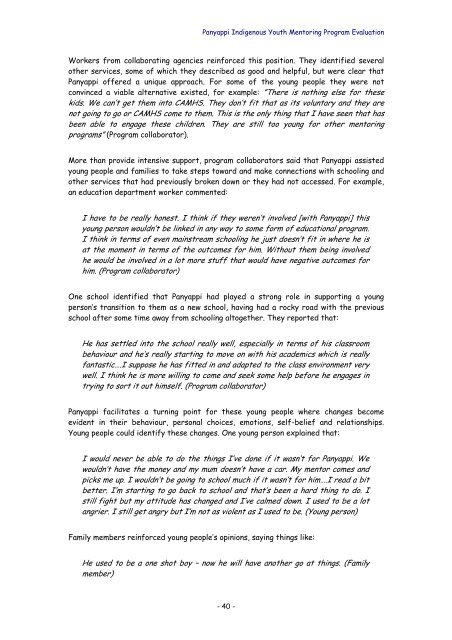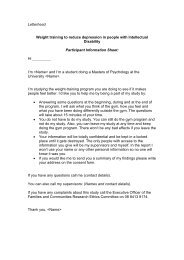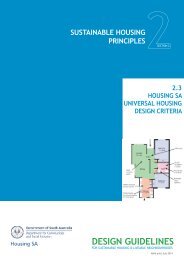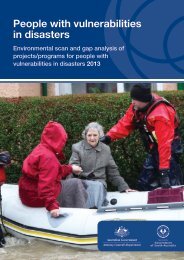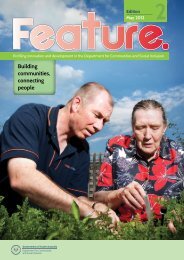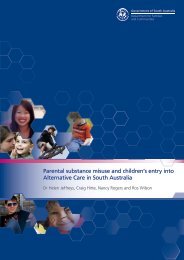Panyappi Indigenous Youth Mentoring Program Evaluation
Panyappi Indigenous Youth Mentoring Program Evaluation
Panyappi Indigenous Youth Mentoring Program Evaluation
Create successful ePaper yourself
Turn your PDF publications into a flip-book with our unique Google optimized e-Paper software.
<strong>Panyappi</strong> <strong>Indigenous</strong> <strong>Youth</strong> <strong>Mentoring</strong> <strong>Program</strong> <strong>Evaluation</strong><br />
Workers from collaborating agencies reinforced this position. They identified several<br />
other services, some of which they described as good and helpful, but were clear that<br />
<strong>Panyappi</strong> offered a unique approach. For some of the young people they were not<br />
convinced a viable alternative existed, for example: ”There is nothing else for these<br />
kids. We can’t get them into CAMHS. They don’t fit that as its voluntary and they are<br />
not going to go or CAMHS come to them. This is the only thing that I have seen that has<br />
been able to engage these children. They are still too young for other mentoring<br />
programs” (<strong>Program</strong> collaborator).<br />
More than provide intensive support, program collaborators said that <strong>Panyappi</strong> assisted<br />
young people and families to take steps toward and make connections with schooling and<br />
other services that had previously broken down or they had not accessed. For example,<br />
an education department worker commented:<br />
I have to be really honest. I think if they weren’t involved [with <strong>Panyappi</strong>] this<br />
young person wouldn’t be linked in any way to some form of educational program.<br />
I think in terms of even mainstream schooling he just doesn’t fit in where he is<br />
at the moment in terms of the outcomes for him. Without them being involved<br />
he would be invol ved in a lot more stuff that woul d have negative outcomes for<br />
him. (<strong>Program</strong> collaborator)<br />
One school identified that <strong>Panyappi</strong> had played a strong role in supporting a young<br />
person’s transition to them as a new school, having had a rocky road with the previous<br />
school after some time away from schooling altogether. They reported that:<br />
He has settled into the school really well, especially in terms of his classroom<br />
behaviour and he’s really starting to move on with his academics which is really<br />
fantastic….I suppose he has fitted in and adapted to the class environment very<br />
we ll. I think he is more willi ng to come and seek some help before he engages in<br />
trying to sort it out himself. (<strong>Program</strong> collaborator)<br />
<strong>Panyappi</strong> facilitates a turning point for these young people where changes become<br />
evident in their behaviour, personal choices, emotions, self-belief and relationships.<br />
Young people could identify these changes. One young person explained that:<br />
I would never be abl e to do the things I’ve done if it wasn’tfor Panyapp i.<br />
We<br />
wouldn’t have the money and my mum doesn’t have a car. My mentor comes and<br />
picks me up. I wouldn’t be goi ng to school much if it wasn’t for him….I read a bit<br />
better. I’m starting to go back to school and that’s been a hard thing to do. I<br />
still fight but my attitude has changed and I’ve calmed down. I used to be a lot<br />
angrier. I still get angry but I’m not as violent as I used to be. (Young person)<br />
Family members reinforced young people’s opinions, saying things like:<br />
He used to be a one shot boy – now he wi ll have another go at thi ngs . (Family member)<br />
- 40 -


